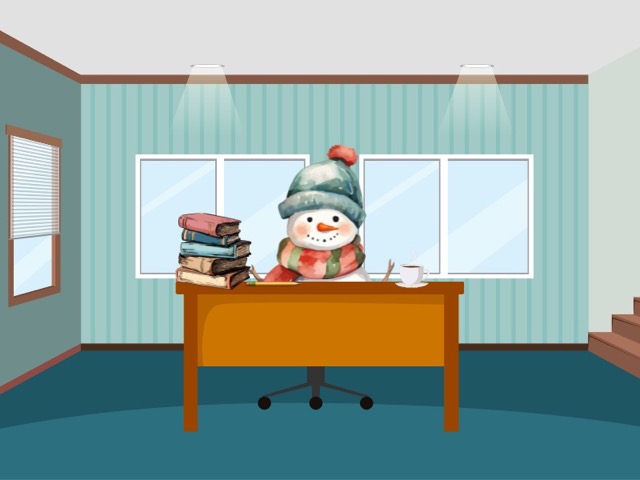As winter approaches and days get shorter, many students experience Seasonal Affective Disorder (SAD), or the “winter blues.” This mood disorder skyrockets in December and causes symptoms like fatigue, irritability, lack of motivation, and depression. High school students are especially vulnerable, with the darker days intensifying these obstacles.
SAD is caused by factors like biological clock changes, brain chemical imbalances, Vitamin D deficiency, and melatonin overproduction. Cleveland Clinic explains, “Brain chemicals called neurotransmitters send communications between nerves. These chemicals include serotonin, which contributes to feelings of happiness.” Treatments for SAD are exercise, light therapy, cognitive behavioral therapy, and antidepressants.
SAD deeply affects high school students, especially those at CSArts, as shorter days and less sunlight trigger depression-like symptoms, says John Hopkins Medicine. These change mood, energy, and focus, making it harder to stay engaged in school and social life. For teens, effective coping strategies—such as getting outdoor sunlight, staying active, and seeking support from trusted adults will make a real difference.
By understanding SAD’s indicators, you can take steps to management before affecting your mental health. Get outside for sunlight, stay active, and don’t hesitate to talk to trusted adults if you’re struggling. Remember, taking care of your mental health is just as important as your physical health—especially during challenging times like these. SAD is more than just a feeling, it should be prioritized and discussed. You’re not alone, and help is available.
If you are experiencing a mental health or substance abuse crisis, dial 988 for help.

 Wonderfully Wicked
Wonderfully Wicked